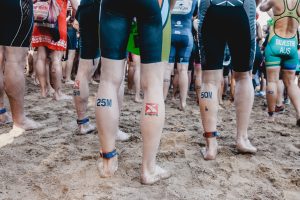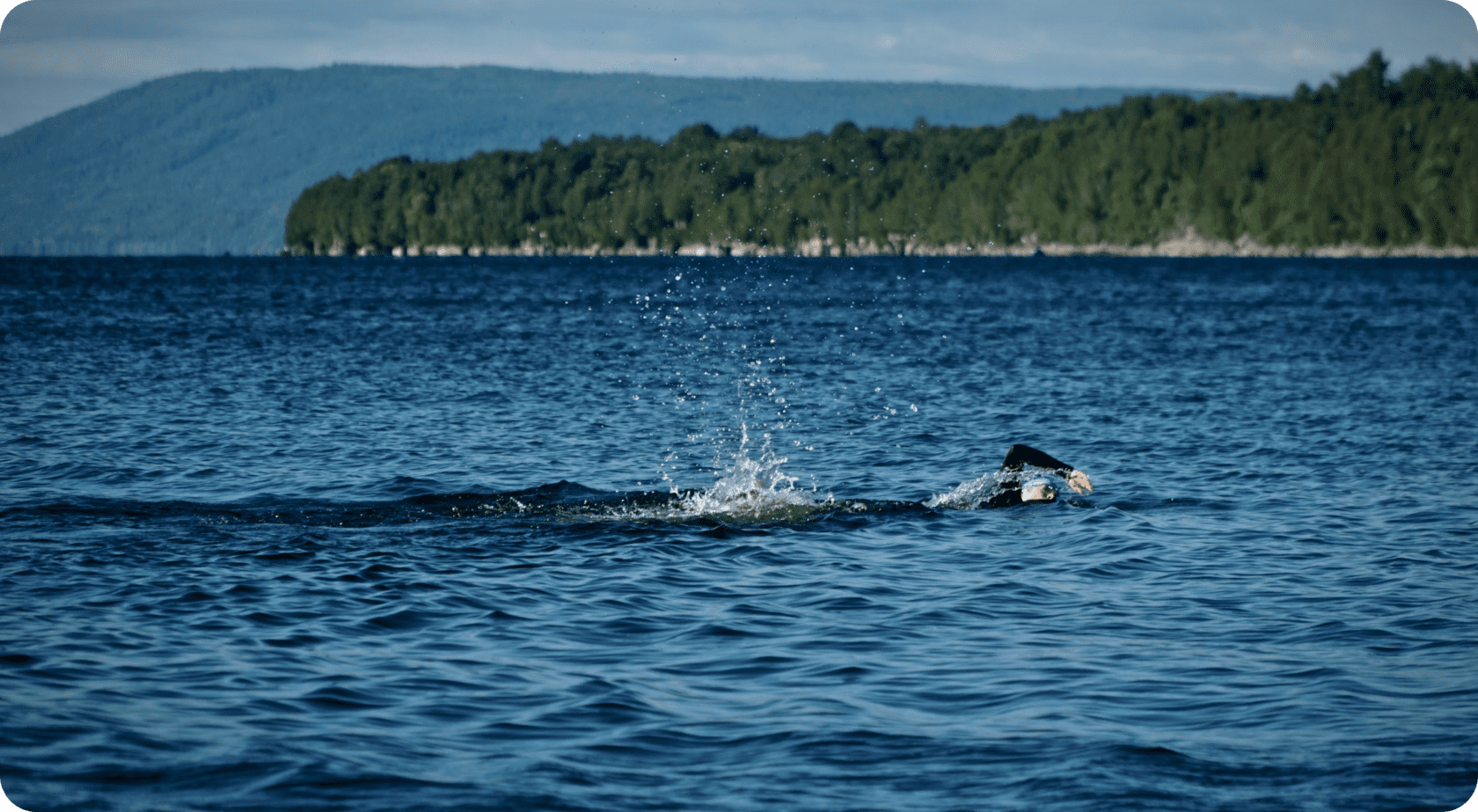To excel in a triathlon, more is needed than just mastering swimming, cycling, and running.
This demanding sport requires a dedicated focus on strength and conditioning—a key facet often underestimated by many athletes.
What is Strength and Conditioning in Triathlon Training
Strength and conditioning lay the foundation for a powerful and enduring physique.
It is able to cope with the tough demands of triathlon.
According to a report by the American Council on Exercise, a balanced strength and conditioning program can increase an athlete’s overall strength, muscular endurance, and flexibility.
In this way, it can improve their performance in a triathlon.
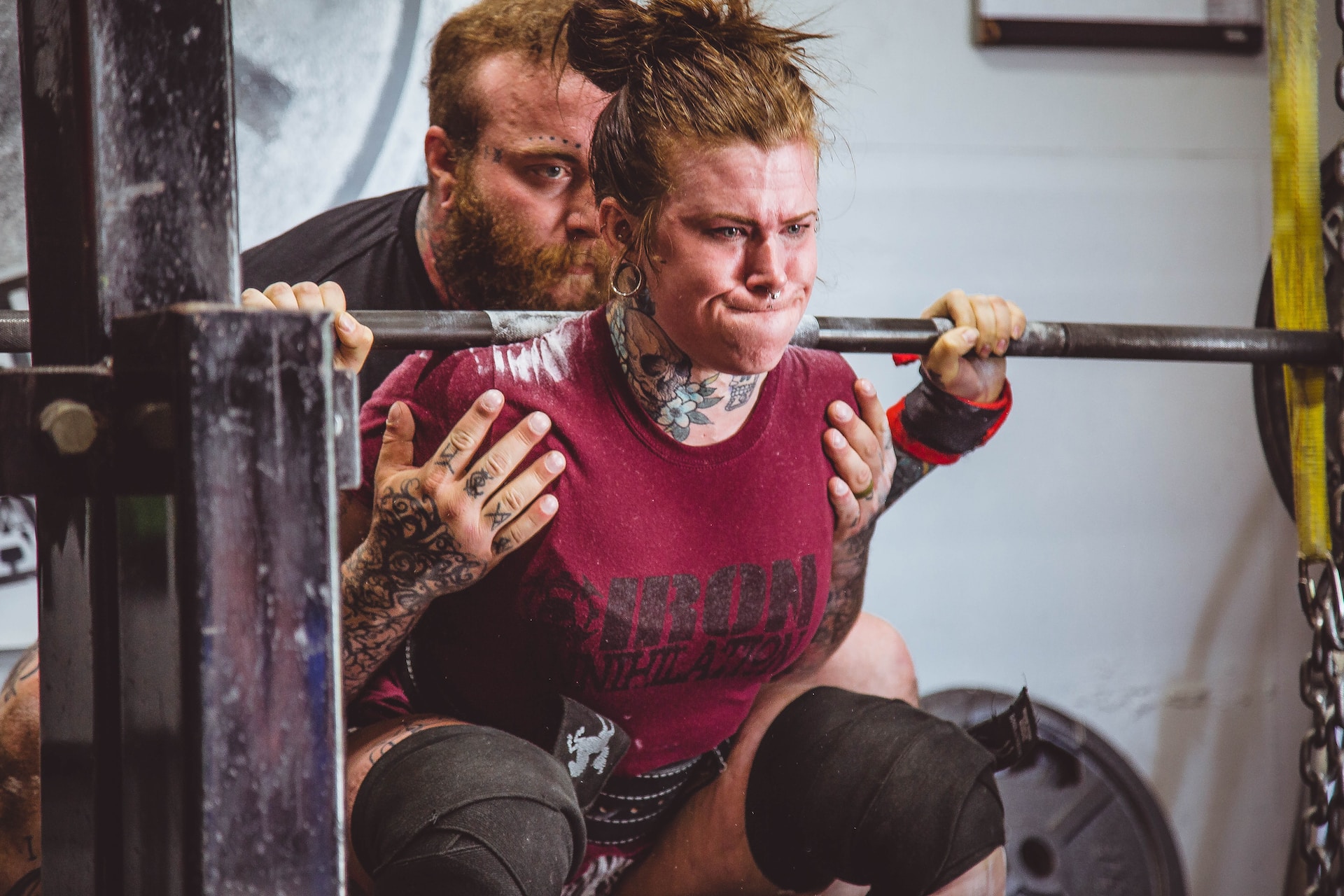
Benefits of Strength and Conditioning. Enhancing Muscular Endurance and Reducing Injury Risk
Strength and conditioning are critical for not only building endurance but also for injury prevention.
A study published in the Journal of Strength and Conditioning Research showed a significant reduction in the number of sports-related injuries.
The study was conducted among athletes who followed a consistent strength and conditioning program.
As four-time Ironman World Champion Chrissie Wellington once said, “Never neglect the importance of injury prevention. A strong body is a durable body.”
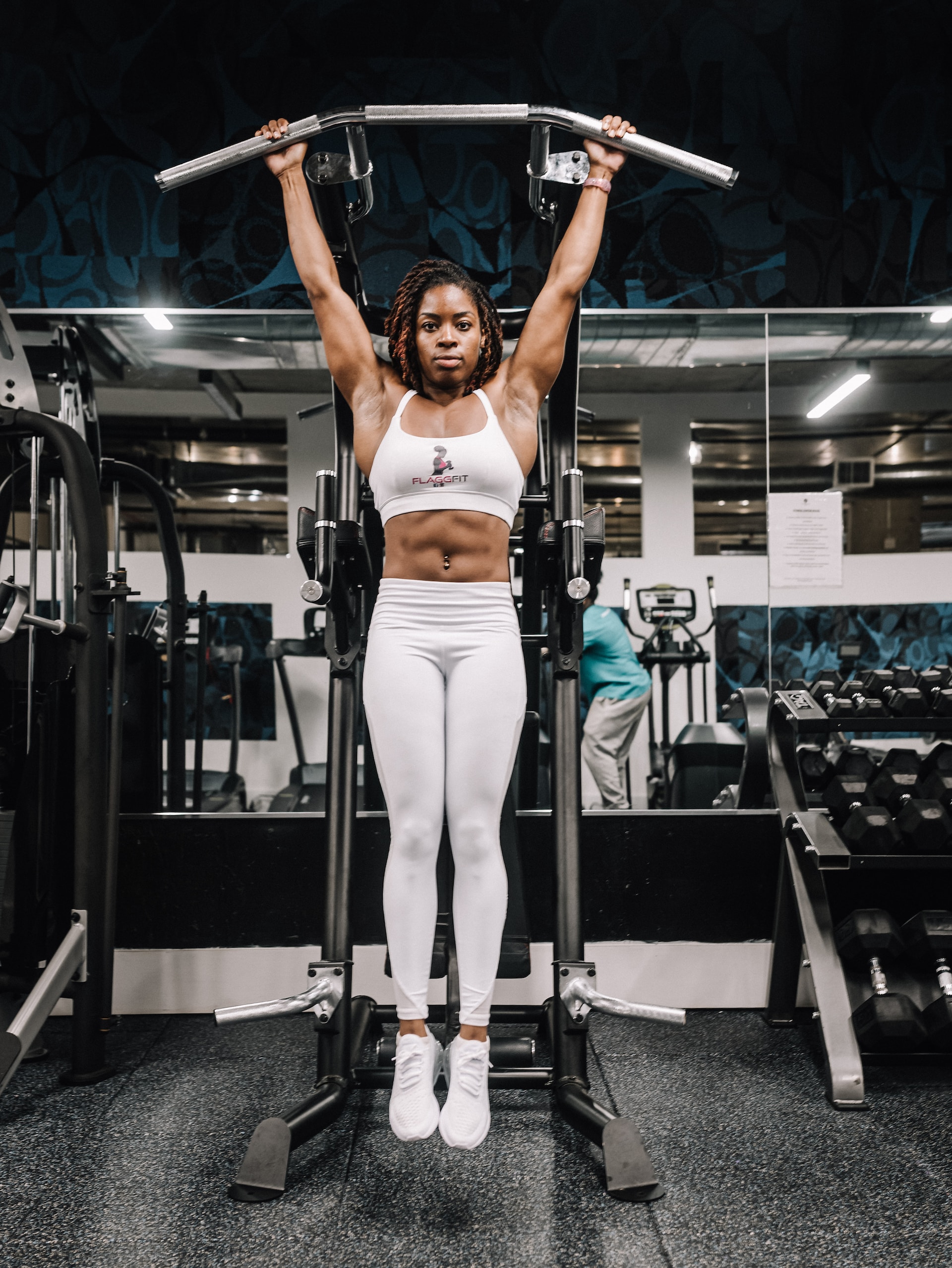
What Is Strength and Conditioning for Swimming: Powering Your Strokes
The importance of strength training becomes evident when you hit the water.
Efficient swimming requires strong upper body strength, especially in the shoulders and back.
As noted by Olympian Michael Phelps, “Strength in the pool comes from strength out of it. Conditioning helps you power through.”
In the world of triathlon, swimming often marks the beginning of your race and sets the tone for what’s to come.
Therefore, being an efficient and strong swimmer is a necessity.
According to a study published in the International Journal of Sports Physiology and Performance, swimmers who incorporated land-based strength training into their training were surprised by the results.
They improved their 100-meter freestyle times by an average of 3.7%.
So, what constitutes an effective strength and conditioning routine for swimming?
The focus should be on upper body strength, specifically targeting the muscles in your shoulders, back, chest, and core.

Popular Exercises Among Professional Swimmers
1. Pull-ups
This compound exercise significantly works the back and shoulder muscles, mimicking the pulling movement in swimming.
2. Lat Pulldowns
By engaging your latissimus dorsi (the large muscles down your back), this exercise strengthens your stroke power.
3. Push-ups
Besides working on your chest and arm muscles, push-ups engage your core, reinforcing stability while swimming.
4. Planks
An exceptional exercise to strengthen your core. Planks improve overall stability and alignment in the water.
5. Resistance Band Exercises
Using resistance bands can help simulate swimming strokes and build endurance in the related muscles.
Typically, incorporating strength training 2-3 times a week into your regimen can yield significant benefits.
However, it’s important to remember that everyone’s body responds differently to training.
Check your progress, note how your body is adapting, and adjust your routine accordingly.
Triathlon coach and former professional triathlete, Matt Dixon, puts it aptly, “Swim strength comes from more than just swimming. A well-rounded strength and conditioning program is the key to power and efficiency in the water.”
With consistent strength and conditioning exercises designed for swimmers, you’ll reap many benefits.
Namely, cutting through the water with more power, better form, and increased efficiency.
This will help you conserve energy for the subsequent stages of the race, giving you an edge right from the start.
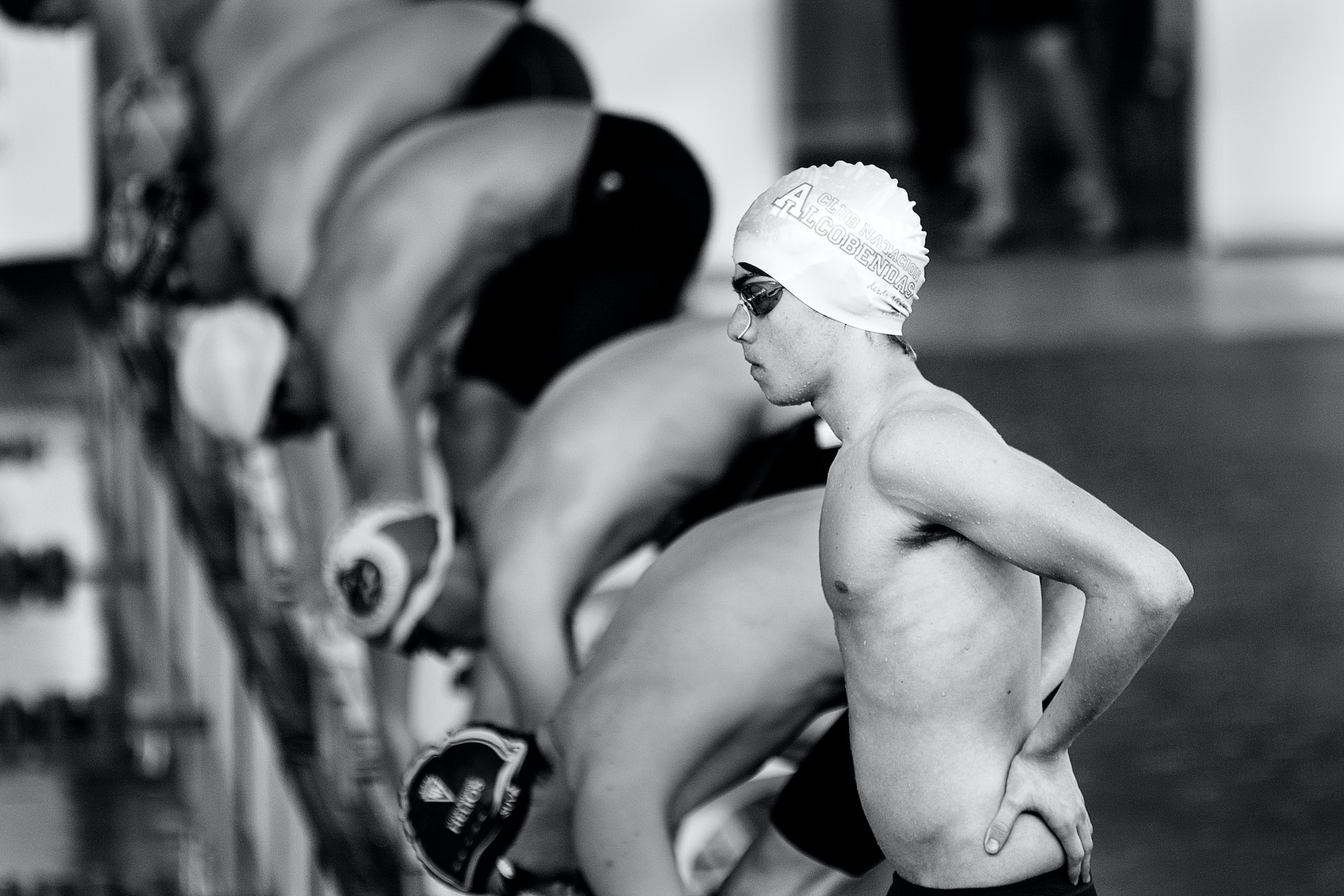
Cycling Performance: The Strength and Conditioning Influence
When it comes to cycling efficiency, lower body strength, and a powerful core can make a world of difference.
According to the British Journal of Sports Medicine, cyclists who incorporated strength training saw a 21% increase in their time to exhaustion.
This showcases how conditioning can significantly impact cycling endurance.

Running Strong: How Strength and Conditioning Enhances Your Run
In running, every step tests your strength and stamina.
According to a study published in the Journal of Sports Sciences, runners incorporating strength training improved their economy by 8%.
This enables them to run longer and faster.
The legendary marathoner, Emil Zatopek, underlined this when he said, “If you want to run, run a mile. If you want to experience a different life, run a marathon.”
Running, the final discipline in a triathlon is where the culmination of all your strength and conditioning work truly shines.
Every stride you take is a testament to the power of your legs, core stability, and overall endurance.
In a research study conducted by the Journal of Strength and Conditioning Research, it was discovered that runners who participated in a strength training program improved their 5K race time.
This is about 3.1% compared to a control group that focused only on endurance training.

So, what does a practical strength and conditioning routine for running look like?
Warm-up Exercises
Here are some essential exercises that should be part of your training regimen:
1. Squats
Squats are one of the best exercises to build lower body strength.
They work the quads, glutes, hamstrings, and calves, all of which power your run.
2. Lunges
Lunges help in developing leg strength and improving balance, both essential aspects of an efficient run.
3. Calf Raises
Developing calf strength can improve your running performance.
It can also help prevent injuries such as shin splints and calf strains.
4. Hip Thrusts
This exercise primarily targets your glutes, providing more power for every push-off during your run.
5. Planks and Side Planks
Core strength is vital for maintaining good running posture.
Especially during the later stages of a triathlon when fatigue sets in.
Strength training should ideally be incorporated into your training plan 2-3 times a week.
As with swimming, adjust your routine based on how your body responds to the exercises and the progress you observe.
Paula Radcliffe, world record holder for women’s marathon, underscores the importance of strength training for runners, saying,
“Strength training is key not only for increasing speed but also for injury prevention. Stronger muscles can handle more pounding.”
A disciplined approach to training and preparation will not only allow you to run faster but also reduce your risk of injury.
This will ensure that when you reach the finish line of your triathlon, you will run strong and confident all the way to the finish line.

Implementing Strength and Conditioning in Your Training Regime
Getting started on your journey to strength and conditioning is easy.
It’s as simple as incorporating a few exercises into your regular routine.
Ensure that your program covers strength training, flexibility, core exercises, and balance training.
As triathlon coach, Brett Sutton, puts it, “It’s all about balance. Strength and conditioning balance your body, making you a complete athlete.”
Remember, the goal of strength and conditioning in triathlon training is not to turn you into a weightlifter.
It’s about building a body that can withstand the demands of the race, help you recover faster, and ultimately, enhance your performance.
Don’t forget to monitor your progress and adjust your workouts accordingly.
As in every aspect of triathlon training, persistence, and gradual progress is the key to improvement.
By incorporating strength and conditioning into your training regime, you’ll not only be a stronger athlete but also a more efficient and resilient one.
And with consistency, you’ll be well on your way to reaching your triathlon goals.
